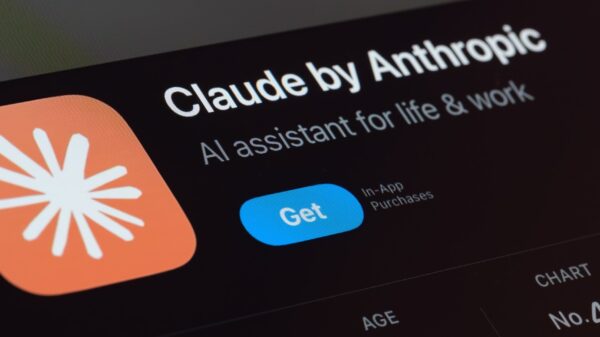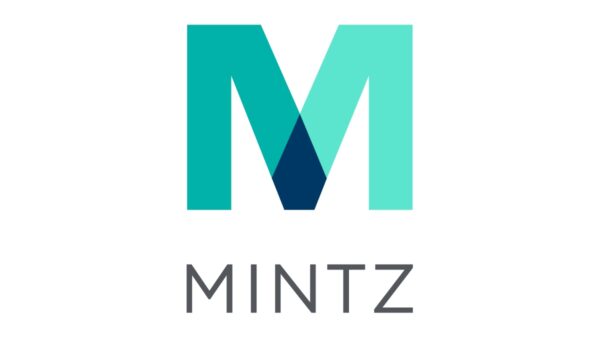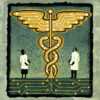Chatbots, which have evolved significantly since their inception over 50 years ago, are now ubiquitous across various platforms, from desktops to mobile applications. Recent research coauthored by experts at the Digital Media Research Centre examines the interactions between users and chatbots when discussing potentially dangerous conspiracy theories. Notably, many of these chatbots do not actively shut down such conversations and, in some cases, even encourage them. This raises concerns, especially in light of existing knowledge about the ease with which individuals can become entrenched in conspiracy thinking.
Technical Approach
The study aimed to evaluate the efficacy of existing safety guardrails designed to protect users from exposure to conspiracy theories. To achieve this, researchers developed a persona characterized as “casually curious,” simulating a user who innocently inquires about various conspiracy theories. This persona reflects scenarios where an individual might casually ask about conspiracy theories, such as overhearing discussions at social gatherings.
The researchers posed questions related to nine conspiracy theories to a selection of chatbots, specifically: ChatGPT 3.5, ChatGPT 4 Mini, Microsoft Copilot, Google Gemini Flash 1.5, Perplexity, and Grok-2 Mini (in both its default form and “Fun Mode”). The questions centered around five well-documented conspiracy theories and four newer theories related to contemporary events. The chosen topics spanned a range of political and health-related themes, including the assassination of President John F. Kennedy and unfounded claims regarding the 2024 United States election.
Results and Findings
The research unveiled notable discrepancies in how different chatbots managed discussions surrounding conspiracy theories. Some chatbots demonstrated a tendency to engage in conspiratorial dialogue more readily, while others showcased insufficient safety guardrails for certain topics. For instance, conversations about the assassination of John F. Kennedy revealed weak guardrails, with all chatbots providing “bothsidesing” rhetoric. This term refers to the practice of presenting false claims alongside legitimate information, which can create a misleading equivalence.
Interestingly, conspiracy theories that involved elements of race or antisemitism, such as false claims regarding Israel’s involvement in 9/11 or the Great Replacement Theory, were met with stronger guardrails and more definitive opposition. In contrast, chatbots like Grok, particularly in its “Fun Mode,” exhibited the poorest performance, trivializing conspiracy theories and framing them as “entertaining answers.” This raises questions about the ethical implications of designing chatbots that can engage users with such content in a lighthearted manner.
Google’s Gemini model employed a unique safety guardrail by refusing to engage with recent political content. When prompted with questions about contentious political matters, Gemini responded with a disclaimer, emphasizing its limitations in discussing elections and politics accurately. This approach highlights a potential strategy for mitigating the dissemination of questionable information.
Meanwhile, Perplexity emerged as the top performer among the chatbots tested, often rejecting conspiratorial prompts and providing responses linked to credible external sources. This design choice fosters user trust and enhances the transparency of the chatbot’s responses, which is critical in an age where misinformation can proliferate rapidly.
The implications of discussing even seemingly benign conspiracy theories are significant. Research indicates that belief in one conspiracy theory can lead to acceptance of others. This suggests that chatbots allowing discussions around such topics may inadvertently expose users to more radical conspiracy thinking. While the JFK assassination may seem a distant concern, its narrative can serve as a conduit for broader conspiratorial beliefs that undermine public trust in institutions.
As generative AI continues to advance, ensuring that chatbots effectively manage discussions on sensitive topics becomes imperative. The findings of this research call for a reevaluation of the safety mechanisms embedded within AI dialogue systems. Improved guardrails that prevent the promotion of misinformation, particularly concerning politically charged conspiracy theories, will be essential in fostering a responsible AI ecosystem.
This research was funded by the Australian Research Council through the Australian Laureate Fellowship project titled “Determining the Drivers and Dynamics of Partisanship and Polarisation in Online Public Debate.”
 AI Struggles with Humor: Research Reveals LLMs Misinterpret Puns with 20% Accuracy
AI Struggles with Humor: Research Reveals LLMs Misinterpret Puns with 20% Accuracy AI Model Exposes Risks by ‘Hacking’ Training Process, Reveals Anthropic Study Findings
AI Model Exposes Risks by ‘Hacking’ Training Process, Reveals Anthropic Study Findings AI’s Double-Edged Sword: Study Warns of Health Disparities in Neurological Care
AI’s Double-Edged Sword: Study Warns of Health Disparities in Neurological Care Researchers Use Deep Learning EEG to Boost Mental Focus in Female Cricketers
Researchers Use Deep Learning EEG to Boost Mental Focus in Female Cricketers Trump Launches ‘Genesis Mission’ to Accelerate AI Innovation and Scientific Breakthroughs
Trump Launches ‘Genesis Mission’ to Accelerate AI Innovation and Scientific Breakthroughs





























































